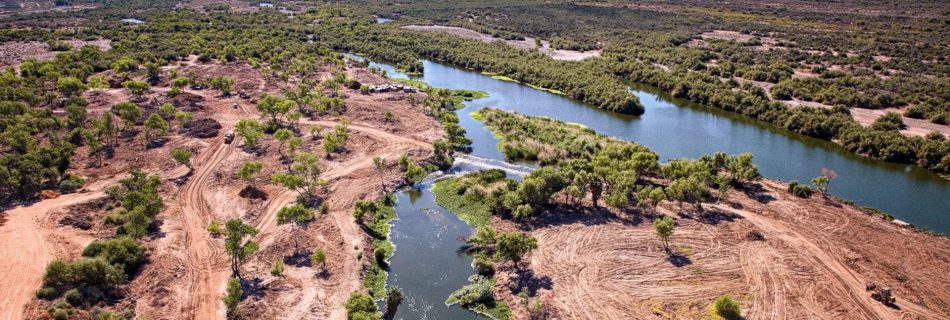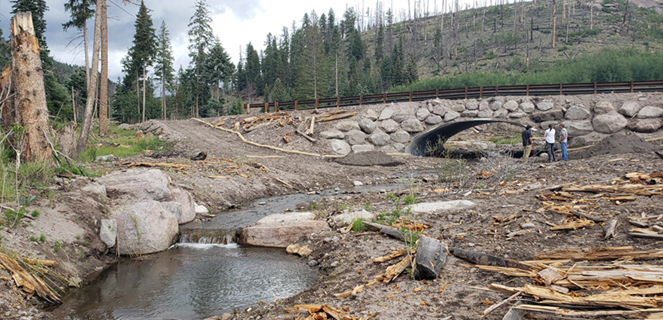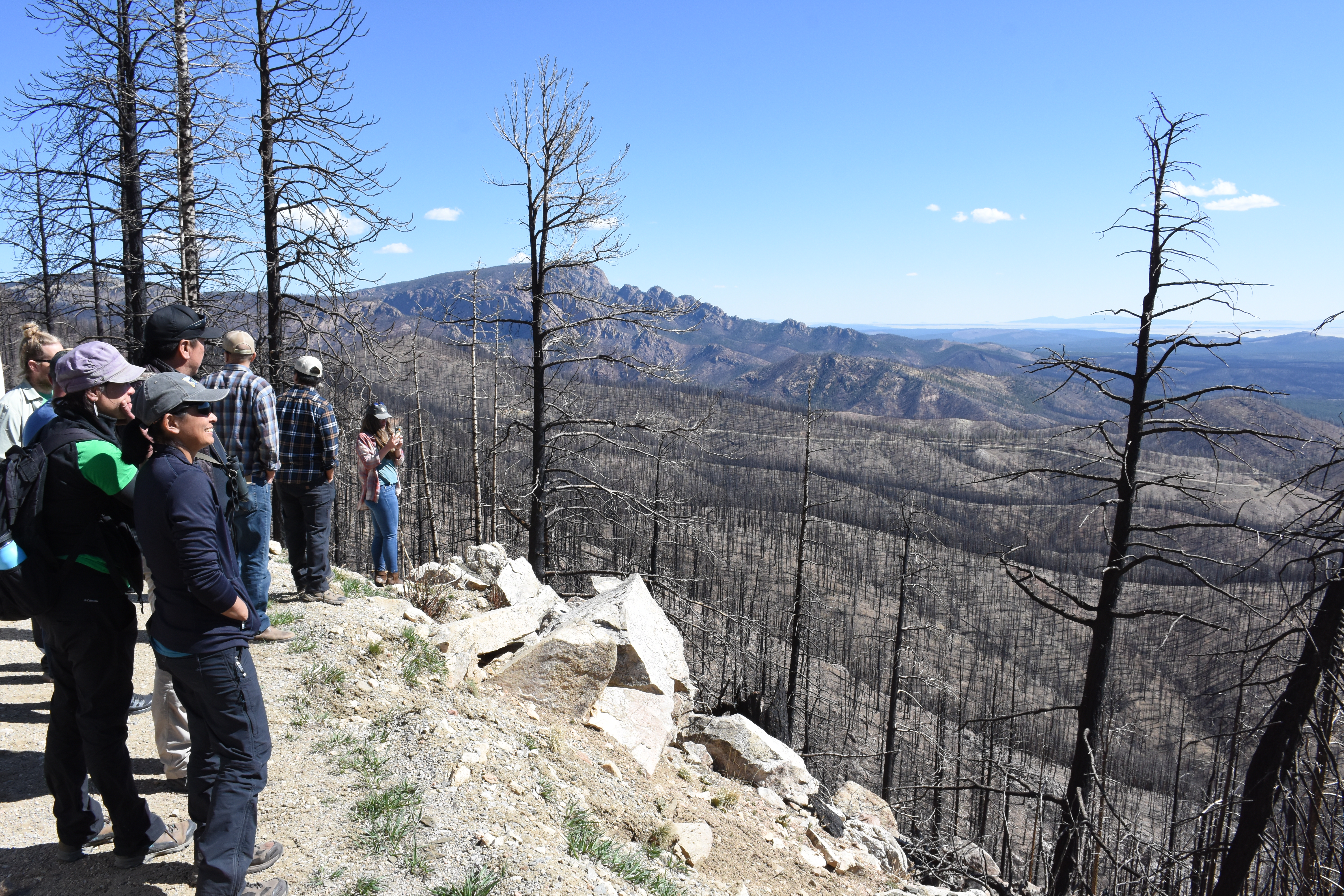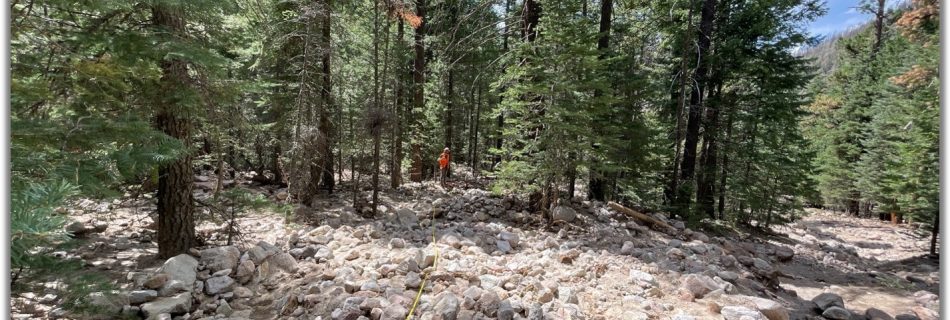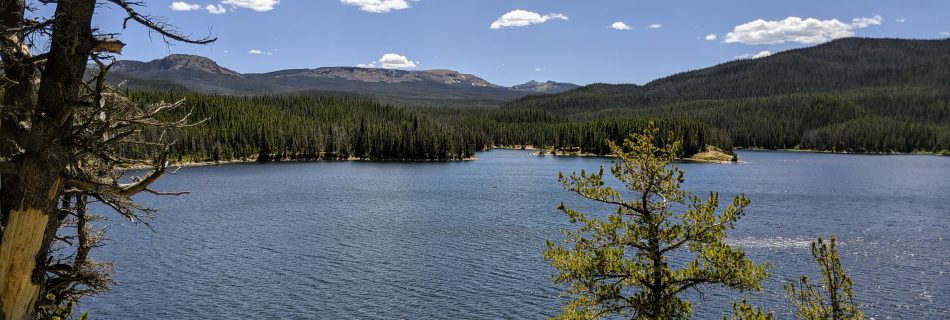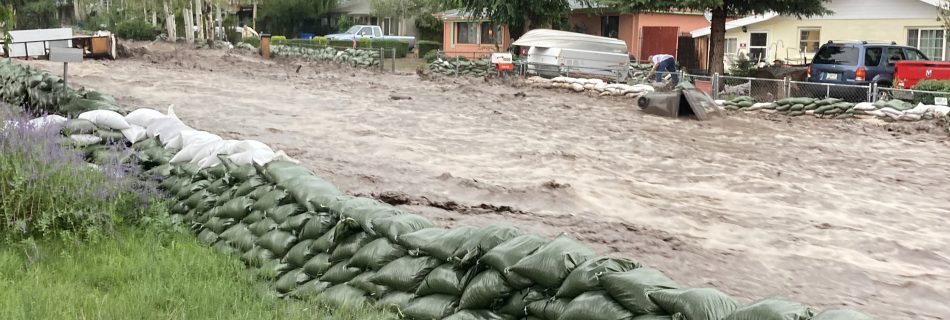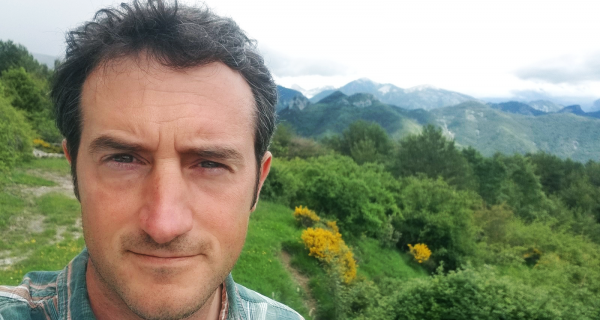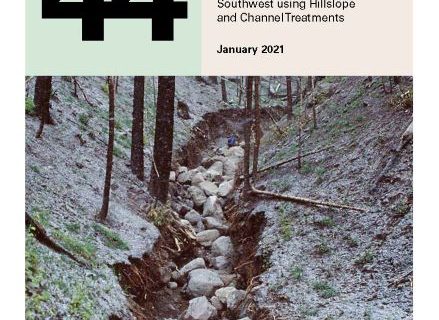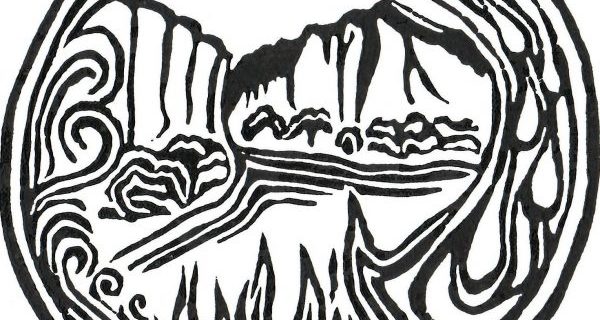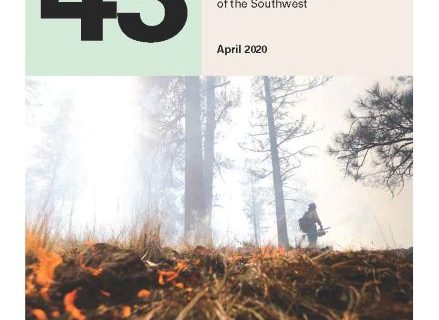Tamarisk Removal along the Lower Gila River
Part of the Southwest Fire Science Consortium and AZ Wildfire Initiative‘s SW Fire Stories wildfire documentary video series, this video raises awareness about wildfire on the Lower Gila River and surrounding communities and the work being done by the Lower Gila River Collaborative to reduce wildfire risk and to inform people about the habitat and importance of restoration on the Lower …

